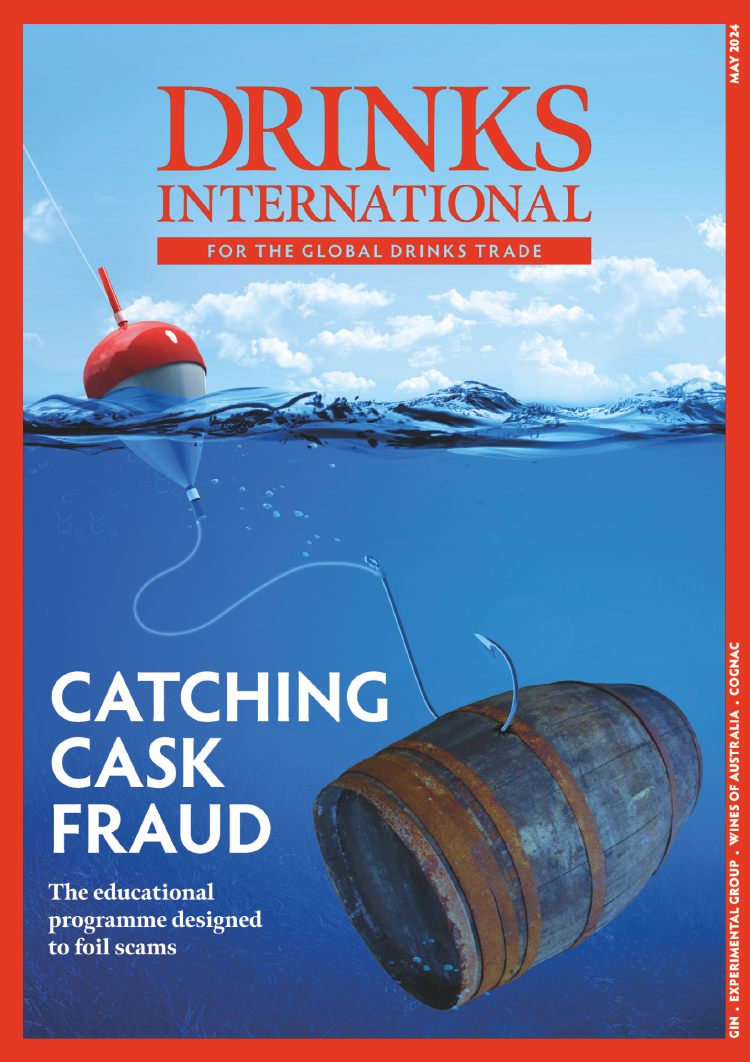_____________________________________
THEY SAY A PERSON IS a product of their environment. Seedlip then, is a product of a product of an environment.
In Seedlip’s case, the person is Ben Branson and the environment is a farm in Lincolnshire, England, where his mother’s family has worked the land for 320 years. His father is the commercial mind, with an advertising and branding firm – Branson is the sum total of both. “At eight if I had chips on my plate I knew how they’d got there and I knew what a brand is,” says Branson.
Knowing this makes Seedlip, his botanically inspired, non-alcoholic spirit with some of the sexiest branding around, makes sense – it speaks of the tandem of natural and commercial.
With hindsight, all roads led Branson to Seedlip, but there were detours along the way. “Farming didn’t seem that cool at 18 so I did a cooking course at Prue Leith’s school and then some landscape gardening. I tried to sell British Gas door to door and I was a security guard for a few months as well. Then I went travelling – I was a snowboarding instructor in New Zealand and learned how to fire breathe in Thailand.”
When Branson returned home it was to work with his father’s brand agency. “I would be involved from naming rights through to creative territories. I would brief designers on aesthetics, look and feel, name and positioning. I mainly worked on food and drink brands such as Moët, Glenmorangie, Heineken, Freixenet, Buxton water, and soft drinks brands Innocent and Lucozade. But I preferred to work on start-ups – they are faster, agile and dynamic. You can overthink the big brand design work – it can suffer for it.”
After some philanthropic work in Africa, Branson returned to set up his own branding company and worked on luxury brands. But in 2013 he made a discovery that would change everything. “I was looking into herbs– I was sick of growing the likes of basil and oregano. I thought I’d look into old cooking books and found this old book online about making alcoholic remedies but also non-alcoholic remedies using distillation.”
When Branson says old, he means it: John French’s Art of Distillation was first published in 1664. “I’m a non-drinker so I’m interested in that side of things and I bought a three-litre pot still on the internet.”
This is very Branson. He’s what you might call a doer – going from one interest to another. He paints, he plays with gadgets, he practices taxidermy so why not try his hand at distillation?
At this stage, he had no outcome in mind – DIY distilling was just a hobby. After all, he still had a day job at his design agency. But he was learning. “I could technically make a hydrolith – a steamed distillate using water and plants. After two days the flavour went and it turned cloudy. It was unstable and volatile. I had to go back to the drawing board.”




